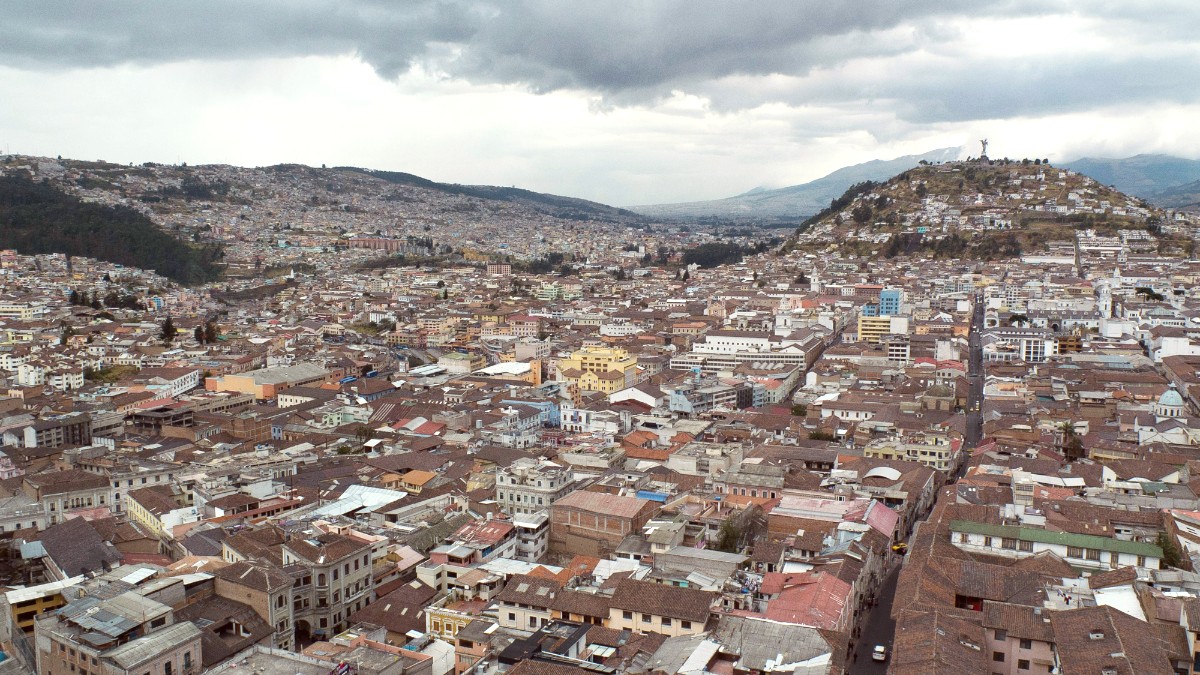
Ecuador
Quito’s new Metro system provides a fast, modern way to traverse long distances. The San Francisco station serves the Historic Center directly.
Dedicated-lane bus systems, Trolebús and Ecovía, run efficiently along main north-south arteries. Conventional buses cover areas not served by Metro or BRT.
Metro: Purchase and load Metro card (single ride $0.45 USD). Trolebús/Ecovía: $0.35 USD at turnstile (cash). Conventional buses: $0.35 USD (cash to driver).
Metro, Trolebús, Ecovía: 05:30-23:00 weekdays, shorter hours on Sundays/holidays. Frequent runs during peak hours.
Metro stations generally accessible. BRT and conventional buses might pose challenges for mobility needs. Research specialized transport for accessibility.
Yellow, orange license plate, green windshield sticker, visible meter.
Can hail from street, safer to use ride-sharing apps or hotel calls.
Always ensure meter use. Minimum fare $1.50 (day), $1.75 (night/weekend).
Almost always cash; have small bills ($1, $5).
Taxis and ride-sharing apps offer convenient alternatives for direct routes or night travel. Prioritize safety with your choice.
Drive on the right side of the road. Seatbelts are mandatory for all passengers.
Major roads generally well-maintained. Roads within the Historic Center often cobblestone.
Parking in the Historic Center is very limited and often expensive in designated garages. Many streets are pedestrian-only.
Walking presents the best way to experience the Historic Center. Cycling opportunities exist, but with caveats.
Exercise caution in isolated or poorly lit areas, especially at night.
Stick to well-populated and well-lit streets.
Be aware of the hilly terrain and uneven cobblestone surfaces.
Comfortable walking shoes find strong recommendation.
Quito possesses limited dedicated bicycle lanes.
Cycling outside specific parks can be hazardous.
Embrace Quito’s public transit for cost-effective travel. Consider taxis or ride-sharing for convenience and safety.
Walking presents the best way to truly experience the Historic Center's charm.